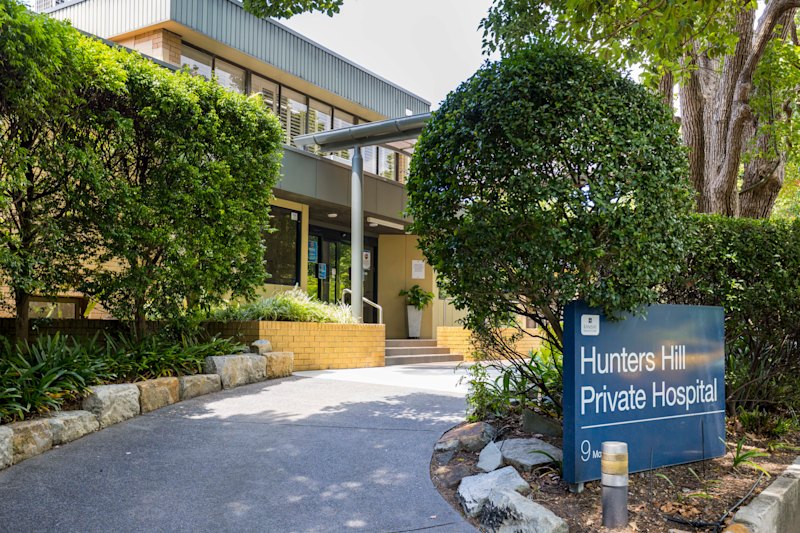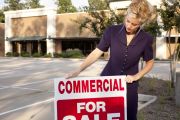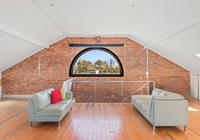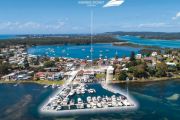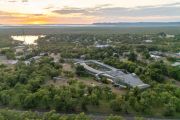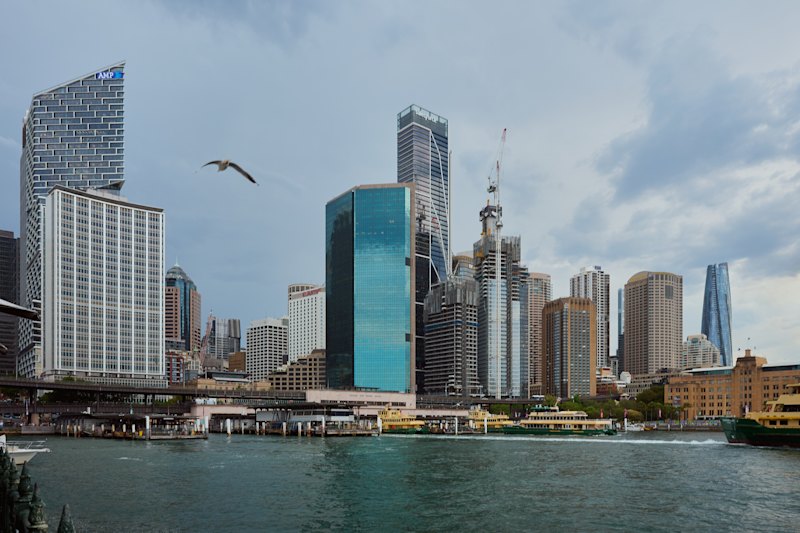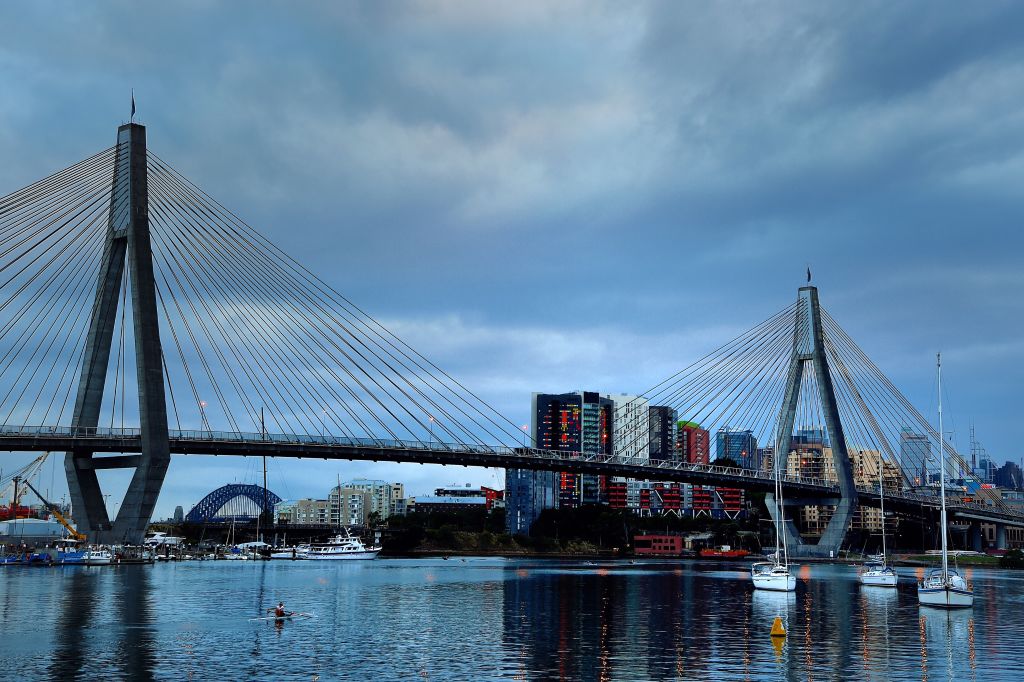
Latest office vacancy rates put values at risk: Barrenjoey
Office vacancy rates in the Sydney and Melbourne CBDs could rise to 15 per cent and 20 per cent respectively, putting city office tower values at risk, according to a Barrenjoey analysis.
The analysis take in a range of factors including the fresh supply earmarked for both markets, employment growth, tenant demand for space and daily office occupancy which, despite recovering, has fallen below pre-pandemic levels.
“Sydney and Melbourne occupier demand is likely to remain strong for next-generation buildings, and we expect premium space to experience some rental tension, which comprise 25 per cent of the market,” wrote Barrenjoey analysts Ben Brayshaw and Diya Goswami in a client note.
“However, we forecast Sydney CBD vacancy to increase to around 15 per cent and Melbourne CBD to increase to around 20 per cent.
“This highlights downside risk to independent valuations for CBD office assets which typically assume sustainable occupancy levels of 95-98 per cent.”
That outlook also implies limited growth in rents and the “continuation of high incentives for A-grade space which represents most of the market”, the analysts noted.
The analysis comes as top property executives on Tuesday told the Property Council’s annual property congress that hybrid working had become a permanent feature of post-pandemic workplaces, but the question remained as to just how much flexibility that would involve.
The latest Property Council figures show daily occupancy in Sydney and Melbourne remain stubbornly low, with Sydney just over 50 per cent and Melbourne just above 40 per cent. Barrenjoey’s base case for both cities assumes office utilisation recovers to about 70 per cent of pre-pandemic levels.
Growing supply
About 30 major office projects are forecast to delivered by the end of 2026 in both markets, adding roughly 1 million square metres in new supply.
In Sydney, that injection of new space – from emerging landmarks such as Lendlease’s Salesforce Tower at Circular Quay and new buildings in Martin Place by Macquarie and Investa – amounts to about 8 per cent of stock by 2026.
New supply amounting to about 9 per cent of the market is earmarked for the Melbourne CBD by 2026, including a Collins Street tower being developed by Charter Hall that will become Amazon’s headquarters.
“We expect office space utilisation to improve, but peak at well below pre-pandemic levels,” the analysts wrote.
“We expect net-zero carbon reduction targets and increased emphasis on quality of office space to underpin demand for new buildings. We assume higher workspace ratios mitigate the impact of lower office spaceutilisation.”
Putting all those factors together, the Barrenjoey analysts forecast the Sydney CBD vacancy rate to increase to 14.7 per cent over the next three to five years, up from 10.1 per cent. At best, vacancy will hover about 10 per cent, while in the bear case it could hit 20 per cent.
For Melbourne CBD, Barrenjoey expects the vacancy rate to rise to 20.4 per cent over the same timeframe, up from 12.9 per cent. Its bull case forecasts vacancy at 15 per cent, while in the bear scenario it would touch 25 per cent.


